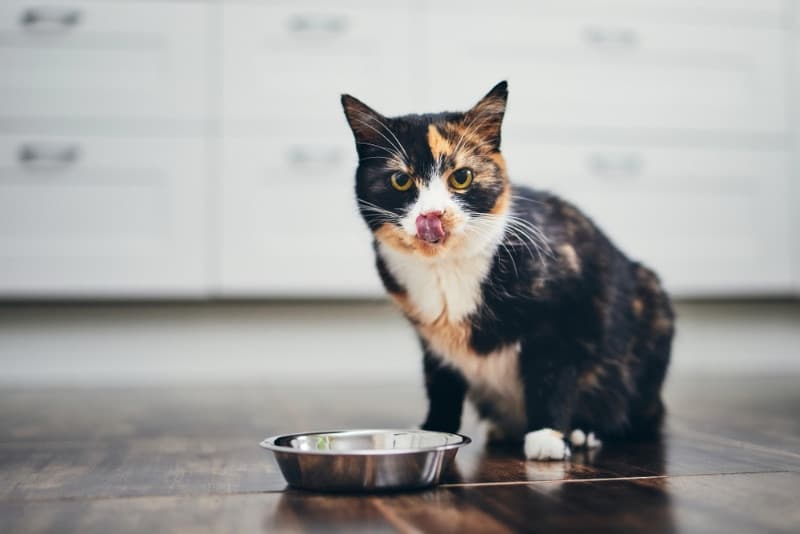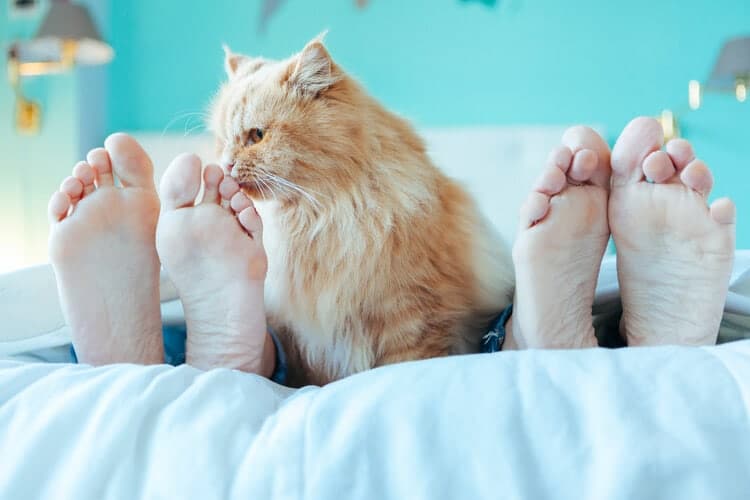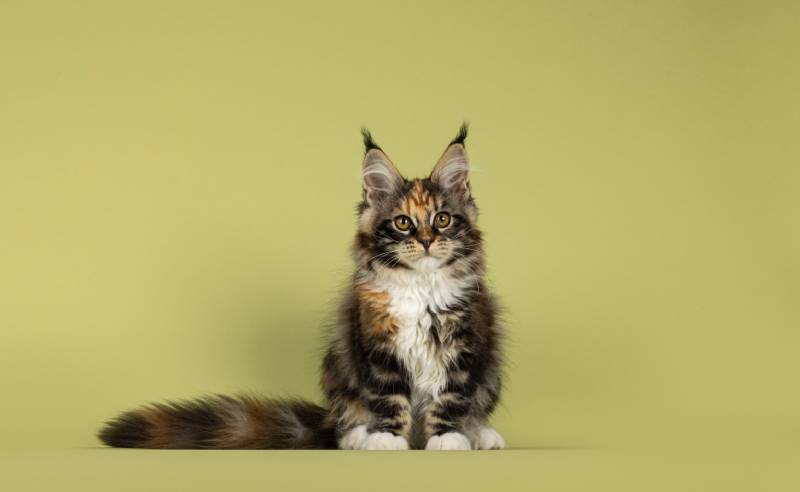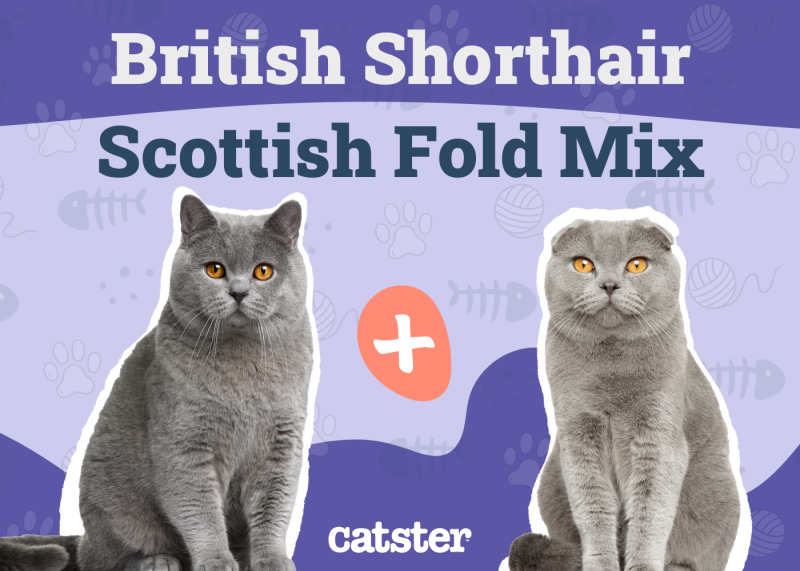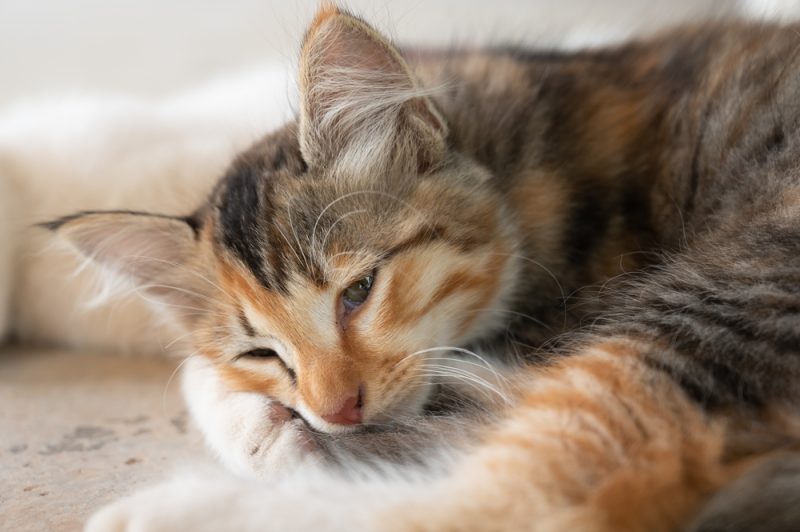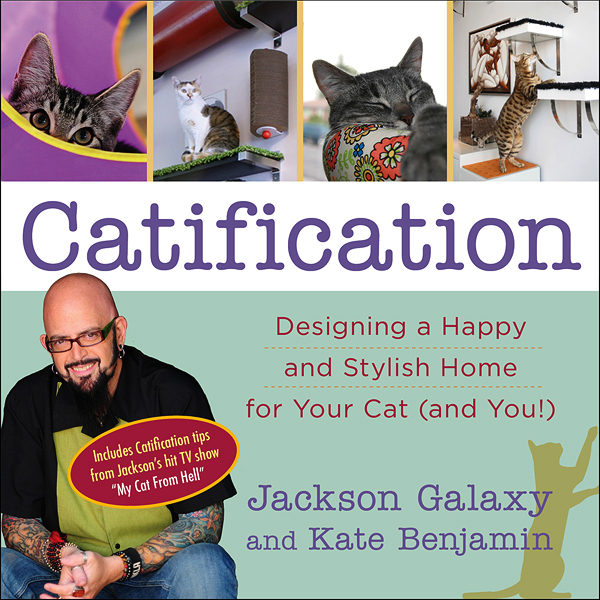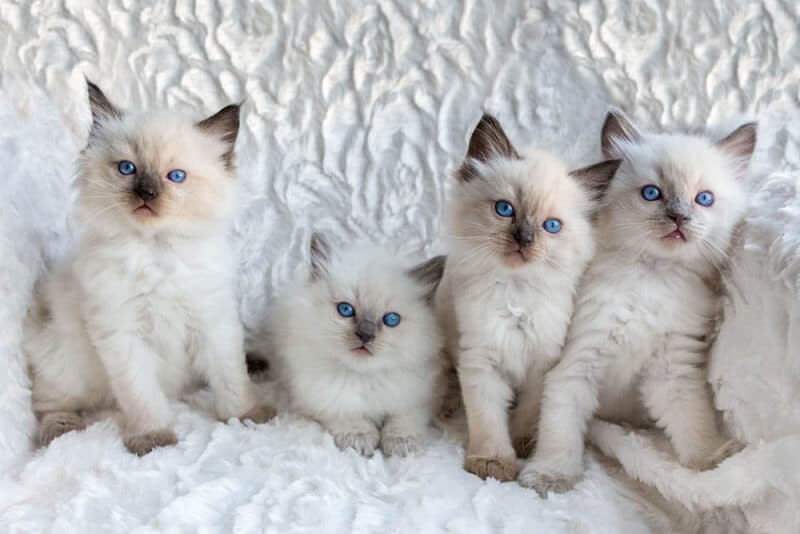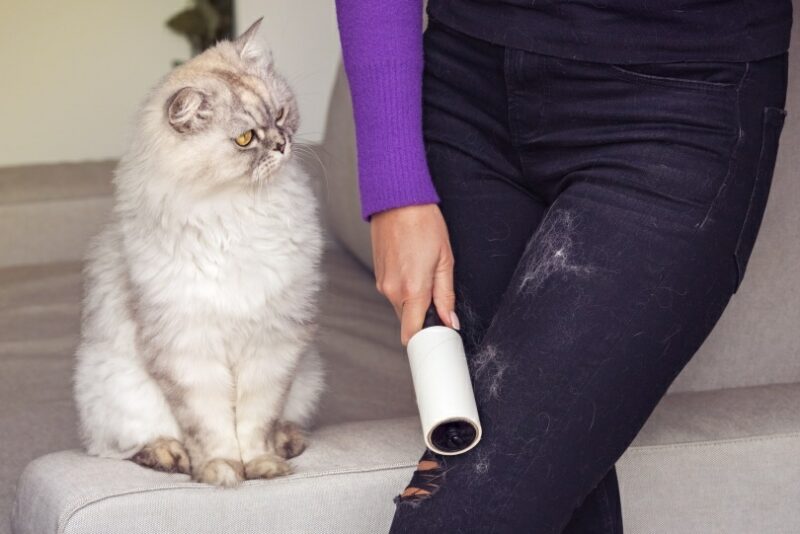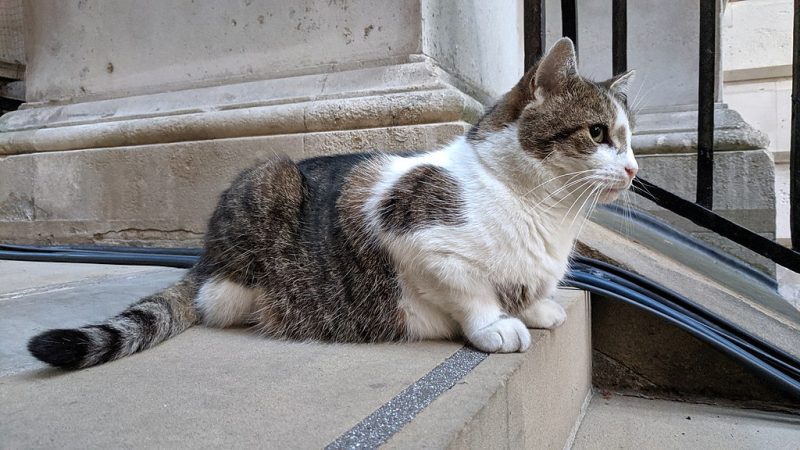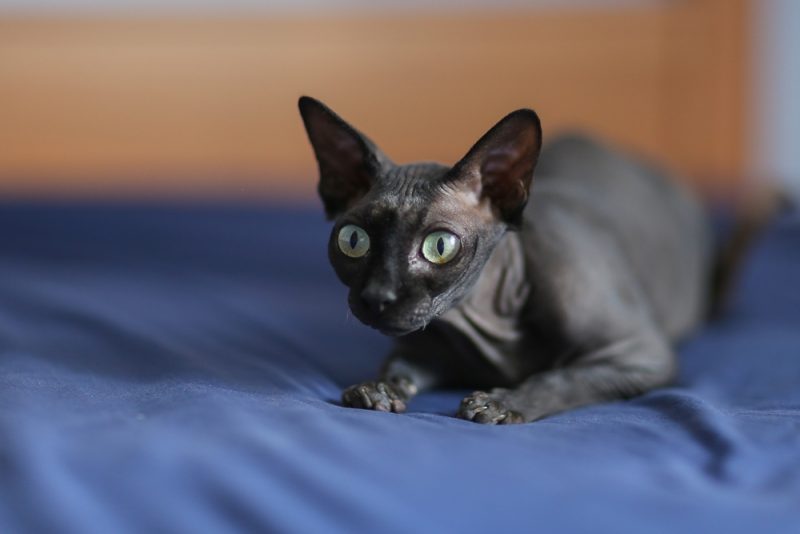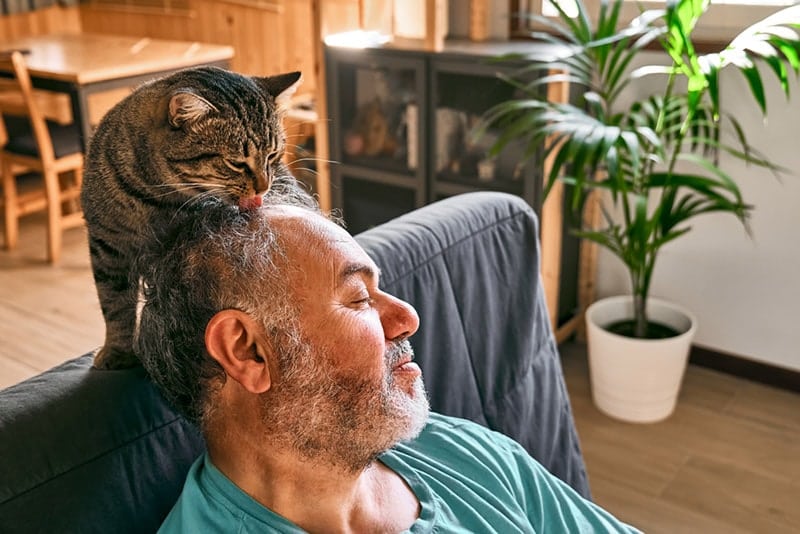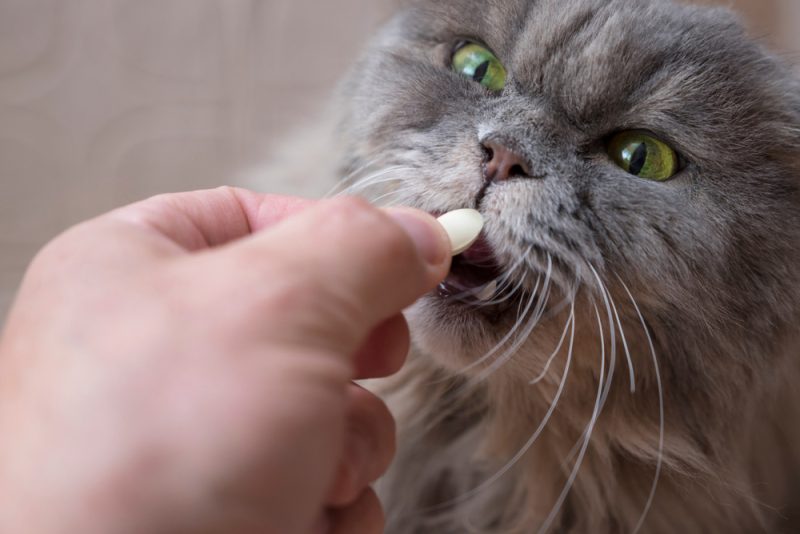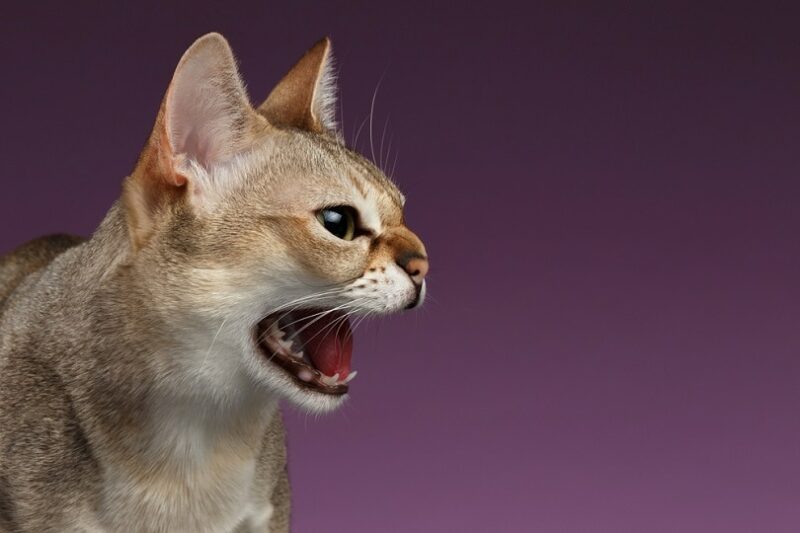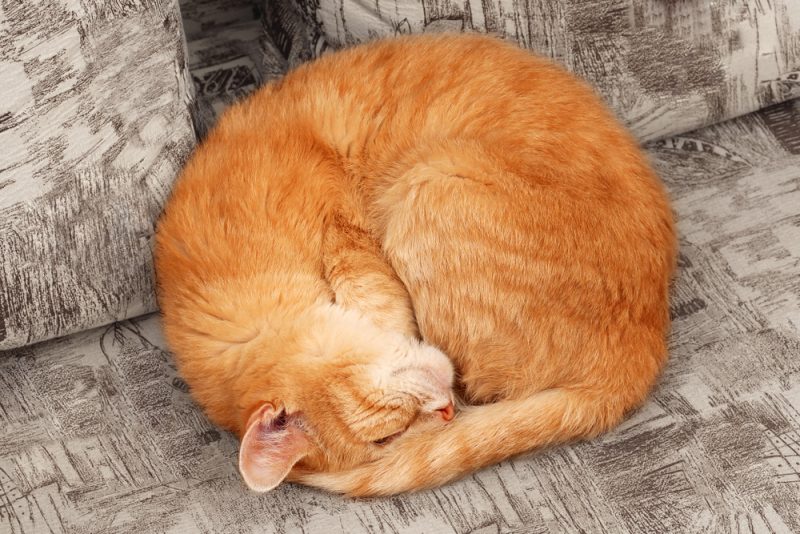In this article
View 3 More +Feeding your cat is simply a part of your daily routine, but did you know that some of us maybe aren’t doing it in the best way possible? If you’re confused about the different ways to feed a cat, you’re not alone.
Keep reading and we’ll highlight some tips you can do to healthily feed your cat and keep them in tip-top shape.

Finding the Right Cat Food
You can follow all the right steps to ensure your cat gets their food at the right time and the right way, but if you’re not feeding them the right food to begin with, you’re still going to run into problems. Don’t just trust the brand. Instead, consider taking a dive into nutritional information and learn about what to look for. Talk to a vet about what foods and amounts they recommend for your individual cat, as their health history might affect this.
Need veterinary advice but can't get to the clinic? Catster recommends PangoVet, our online veterinary service. Talk to a vet online and get the answers and advice you need for your cat without having to leave your living room — all at an affordable price!

For starters, cats need a kibble with at least 26 percent protein, but more than that is optimal, especially for kittens or mother cats. This ensures they get enough protein to sustain an active and healthy lifestyle. In fact, studies have shown that felines who are not eating food with a minimum of 40% protein can lose muscle mass over time 1. The type of protein is important as well. Protein from animal sources is best suited for a cat’s digestive system and tends to be a more complete protein than that from plant sources. This means that cats can meet all of their amino acid needs with animal protein as compared to a plant source.
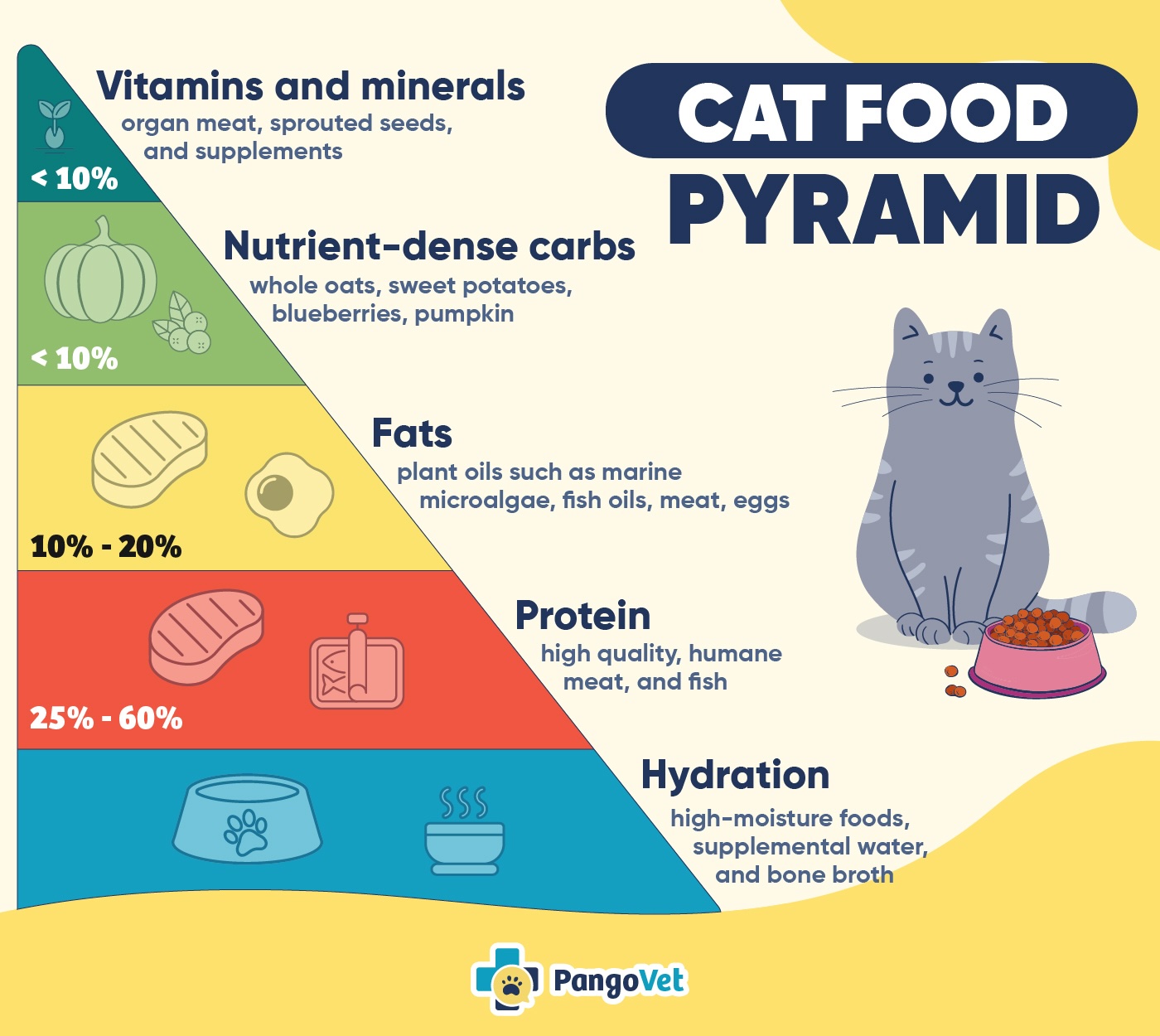
Next, look for fats and oils that come from animals. Cats can better utilize animal-based fats, and cats need these omega-3 and omega-6 fatty acids, as they provide energy, modulate inflammation, aid in fat-soluble vitamin absorption, affect their skin and coat health, and more. Ideally, fat should make up at least 9% of dry matter in cat food 2.
Finally, ensure the cat food has adequate fiber. For most cat foods, this is about 5-6% fiber on a dry matter basis. Too much or too little can lead to various problems, such as loose stools or irregularity, so it’s important to stay within this range.
Understanding Food Labels
Every can, pack, box, or bag of cat food tends to be different, making it harder for owners to easily find the information they’re after.
Essential Nutrients
Below are some key ingredients to look for on all cat food labels, as recommended by the AAFCO. You may find these listed in a paragraph or laid out in a table.
| Nutrient | % Dry Matter |
| Protein | 25 – 60% |
| Fat | 10 – 20% |
| Fiber | < 10% |
| Phosphorus | ~ 0.5% |
| Calcium | ~ 0.6% |
| Taurine | ~ 0.1% |
Dry Matter – Why It Matters
The nutrient levels set out by the AAFCO are based on ‘dry matter,’ i.e., everything except the moisture. Some foods will provide these on the pack as dry matter values, but most will list them on an ‘as fed’ basis. This means that the values listed on dry food packs will be very close to the dry matter values, but those on a wet food label will be significantly lower.
| Example
If a wet food contains 75% moisture, it is only 25% dry matter, and the figures listed will need to be multiplied by 4 (100/25 = 4). A food that is 85% moisture (15% dry matter) will need those values multiplied by 6.6 (100/15 = 6.6). |
How Much Food Do They Need?
As a rough guide, cats require approximately 20-35 kcal per pound of body weight. Most cat foods will provide a feeding guide that tells you how much to feed your cat, with some giving different amounts depending on whether your cat is underweight, overweight, or ideal. However, this is just a guide, and every cat’s needs are different, depending on their genetics, metabolism, and lifestyle, so you may need to adjust the amounts depending on their weight and body condition.
This calorie calculator can help you work out how many calories your kitty needs.
The exact amount of calories an individual animal needs to maintain a healthy weight is variable and influenced by many factors including genetics, age, breed, and activity level. This tool is meant to be used only as a guideline for healthy individuals and does not substitute veterinary advice
Once you know how many calories they need, you can work out how much food to give based on the calorie content by dividing the calories they need by the calories in the food.
- Felix needs 245 kcal per day
- Dry food is 366 kcal per cup or 3750 kcal per kg
The calculation is:
245 ÷ 366 = 0.67 or ⅔ of a cup per day
245 ÷ 3750 = 0.065 kg or 65g per day
- Luka needs 300 kcal per day
- Wet food is 183 kcal per can or 1178 kcal per kg
The calculation is:
300 ÷ 183 = 1.64 or a little over 1½ cans per day
300 ÷ 1178 = 0.25 or 250g per day
Remember that these figures are the daily allowance, so will need to be divided by 2 or 3, depending on how many times your cat is fed per day.
Using Multiple Food Types
If you’re feeding a combination of wet and dry food, it’s important not to double up on calories. The easiest way to tackle this is to work out how much your cat needs of each, and halve it.
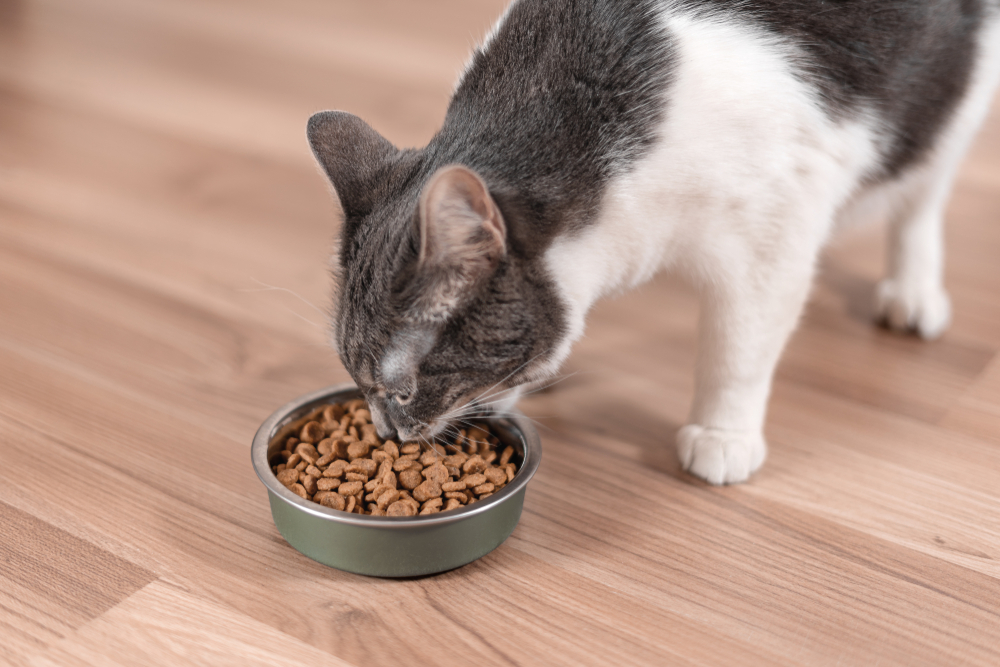
Come Up With a Feeding Schedule
While many cat owners choose to have a “free feed” method where they leave cat food out all the time, this can lead to overeating and make it hard to figure out how much your cat is eating daily. Instead, it’s much better to schedule their meals for them.
For most cats, feeding them once in the morning and once at night with about 12 hours between each feeding time is ideal. You can also feed them breakfast, lunch, and dinner; just ensure you adjust the portions appropriately.
Understanding How Cats Eat
When you’re coming up with a feeding schedule, it’s important to understand the evolutionary reasons that cats eat the way they do. In the wild, cats eat sporadic meals when they catch them and often don’t know when their next meal will come. While your domestic cat might know the food will always be there, some can’t help but gorge themselves like they’re at an all-you-can-eat buffet. Before long, these additional calories can lead to a cat putting on weight and potentially becoming obese, which can lead to numerous other health problems.

Feeding Your Cats
Now that you know a little bit more about the basics behind feeding your feline friends, it’s time to go through a quick routine on how to feed them the right way.
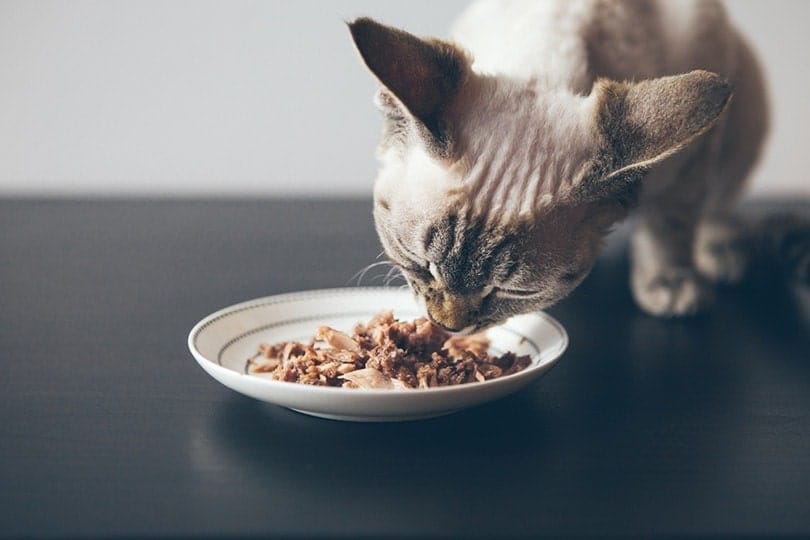
1. Clean the Bowls Daily
People often forget about the importance of cleanliness when it comes to pets, but just like how you shouldn’t eat off dirty dishes, neither should your cat. Take the time to clean out their food and water bowls every day. This helps prevent bacterial buildup and will keep your cat happy and healthy.
2. Measure Out the Meals
Some cats may eat far more than they should, and the only way to ensure they don’t eat too much while still getting the nutrients they need is to measure out each meal. Find out how much they should eat, then split that amount up by the number of meals you’re feeding them per day. If you’re unsure about how much to feed your cat, you can either refer to the feeding instructions on the food’s packaging or reach out to your vet.
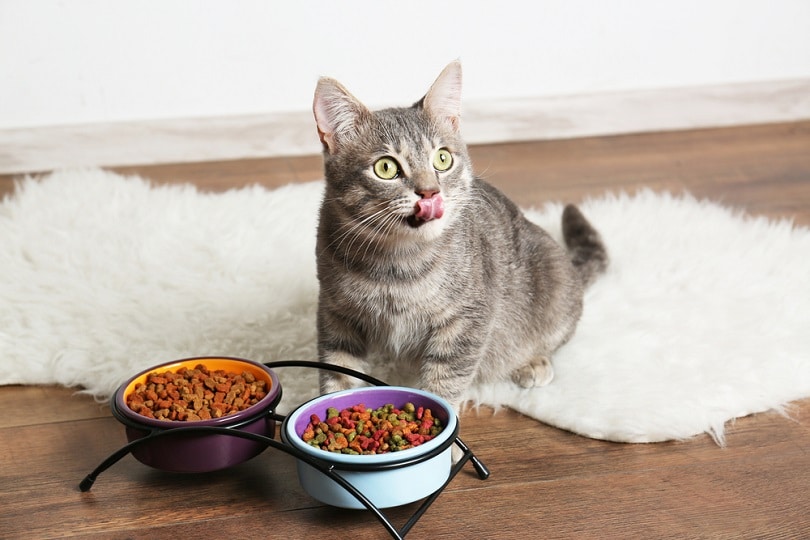
3. Activate Their Prey Drive
Some cats can be real couch potatoes, which is exactly why you should stimulate them both physically and mentally. Cats in the wild have to work for their food, and if you have an indoor cat specifically, you can mimic this as much as possible to help them stay active. Before meals, think about ways that you can get your cat up and moving. You may choose to have them chase a toy mouse or put their food inside a puzzle feeder.
4. Put the Food Out at the Same Feeding Times Every Day
Once you’ve selected your feeding times, stick to them. When the time comes, put out their food until they’re finished. Once you’ve done it this way for a few weeks, most cats become so well adjusted that they might start staring you down once dinner time is close to remind you that they’re hungry.
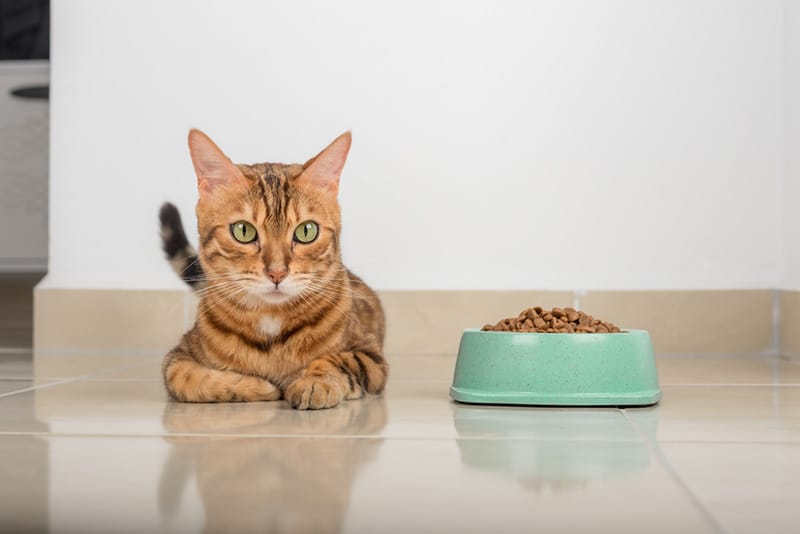
5. Pick the Bowls Back Up
Once your cat finishes eating, pick up their food bowl and put it away. Store any excess food and wash out the bowl before putting it back. Finally, always leave them a water bowl they can visit throughout the day whenever they’re thirsty.
- NO MESS - The 360° tray on this cat food and water bowl set has a raised design to catch and...
- WHISKER FRIENDLY - Shallow and wide metal containers with flat bottoms ensure your kitty can enjoy...
- CHEW-SAFE MATERIALS - Kittens and cats love chewing on silicone and soft rubber - but it's a choking...
Feeding your cat a high-quality diet is important for keeping them healthy and happy. But it goes beyond the food you choose; the dishes they use also matter. The Hepper NomNom Cat Bowl is our favorite for its unique, five-star design that protects from whisker fatigue and promotes good posture which also aids in better digestion. As an added bonus, it’s beautifully crafted and offers a modern take on the traditional cat bowl that fits seamlessly with all home stylings. Learn more about the NomNom by clicking here.
At Catster, we’ve admired Hepper for many years and decided to take a controlling ownership interest so that we could benefit from the outstanding designs of this cool cat company!

Final Thoughts
Feeding your cat should be an enjoyable experience for both you and your kitty, and these tips may help you rest easy knowing that they’re getting all the nutrients they need! Just be ready for them to start seeking you out every mealtime because once they learn the schedule, they’re not going to let you forget it!
See Also:
- Why Do Cats Put Toys in Their Food Bowl? Behavior Explained
- How to Feed a Cat with a Cone (5 Great Tips)
Featured Image Credit: Chalabala, Shutterstock
